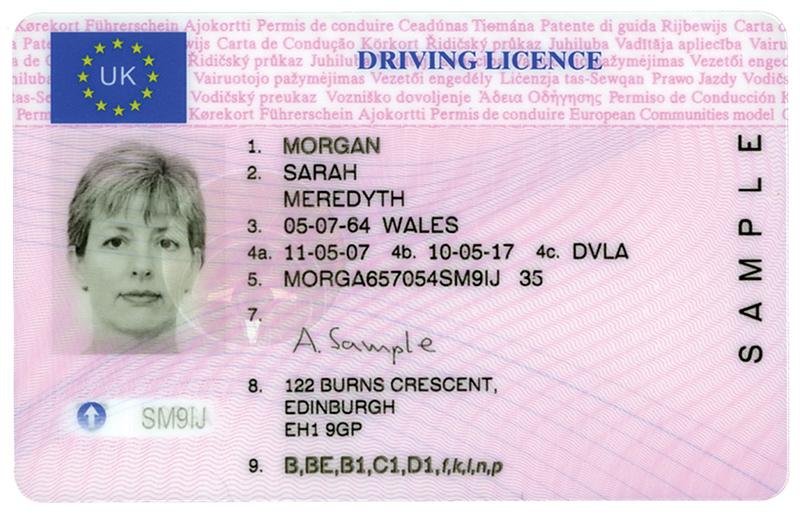Navigating the Information Jungle: How to Spot a Trusted Source

In today's digital age, information is readily available at our fingertips. However, not all of it is reliable or accurate. As we navigate the vast sea of content online, distinguishing between trustworthy sources and misleading information becomes essential. With countless websites, social media posts, and articles vying for our attention, the ability to identify credible information has never been more crucial.
This article aims to help you discern which sources can be trusted when gathering information. We will explore key indicators of reliability and point you toward valid websites. By equipping yourself with these tools, you can confidently traverse the information jungle and make informed decisions based on credible data.
Identifying Reliable Websites
Determining the reliability of a website is crucial in navigating the vast amount of information available online. One of the first steps is to check the domain of the website. Websites ending in .gov, .edu, or .org are generally more trustworthy as they are associated with government entities, educational institutions, or non-profit organizations. However, it is essential to dig deeper, as not all sites under these domains guarantee accuracy or objectivity.
Another way to gauge credibility is to look for citations and references within the content. Trusted sources often back up their claims with data, studies, or expert opinions, providing links to valid websites that offer further information. If a site does not supply sources or makes bold claims without evidence, it's wise to be cautious. A well-researched article usually includes a bibliography or links to reputable publications.
Finally, consider the authorship and the presence of contact information. Reliable websites typically list their authors, including their qualifications and credentials, which can lend credibility to the information presented. Additionally, legitimate sites often provide methods of contact, such as an email address or phone number. If these details are missing, or if the website seems vague about who is behind the content, it may not be a trusted source.

Evaluating Source Credibility
When assessing the credibility of a source, one of the first steps is to check for the presence of a valid website. https://mastersart.es/category/poker/ have official domains ending in .gov, .edu, or .org. These endings can serve as initial indicators of trustworthiness. Additionally, look for information about the organization on their website, including their mission, team members, and any professional affiliations, which can further establish their authority on the subject.
Another important aspect is to evaluate the expertise of the author. Research their background, qualifications, and experience related to the topic at hand. If an article is written by a recognized expert in the field, it is more likely to be credible. Pay attention to whether the author has published other works and if they have received acknowledgment from peers in the industry, which reinforces their reliability as a source.
Lastly, cross-referencing information is essential. Confirm the facts presented in a source by comparing them with other reliable websites. If multiple trusted sources agree on the same information, it strengthens the validity of the original source. Here is valid websites to consider: academic journals, government publications, and established news organizations, as they typically adhere to strict editorial standards and factual accuracy.
